Introduction
Yes, dogs can eat polenta. When used responsibly (in small amounts and on infrequent occasions), polenta can be a healthy addition to an otherwise nutritionally rich and balanced canine diet.
Polenta is a simple Italian dish. Do not be confused by the fancy name; polenta is simply cornmeal or stone-ground dried yellow corn kernels. Corn is rich in healthy nutrients but also high in carbs and needs to be fed in moderation.
Why is Polenta Good for Dogs?
There are several reasons why polenta is good for dogs – from being inexpensive and easily available to providing healthy nutrients. Plus, most dogs love the taste of polenta. Here is a more detailed overview of the reasons polenta is good for dogs.
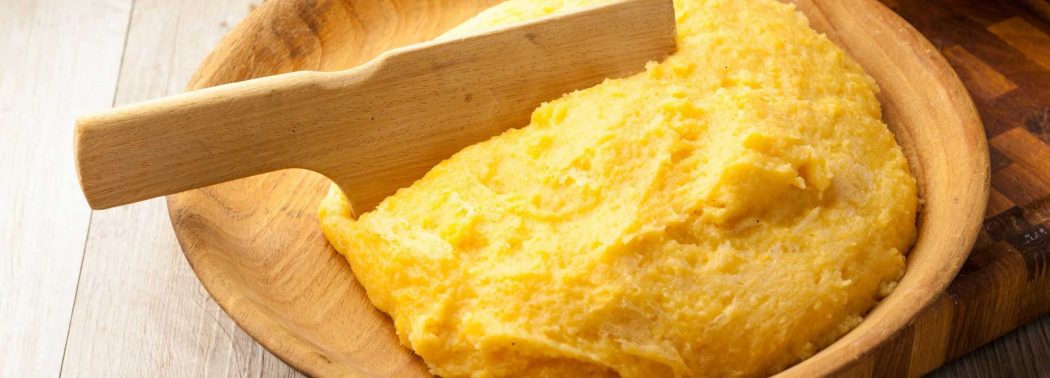
Plant-Based Protein
There is more to polenta than complex carbohydrates – simple food is loaded with proteins. Proteins are the main nutrient for dogs. Plant-based protein sources make an excellent addition to the dog’s menu.
Gluten-Free Food
Another benefit of polenta is that it is gluten-free. This is excellent news to dogs suffering from gluten sensitivities accompanied by nasty diarrhea, bouts and skin rashes, and itchiness.
Rich in Vitamin A
Polenta contains high amounts of vitamin A and carotenoids. Vitamin A is vital for strong vision and a healthy reproductive system.
Good Fiber Source
As a plant food, polenta is rich in dietary fiber. Dogs need fiber for healthy digestion and intestinal motility. Fiber also supports a properly working cardiovascular system and helps maintain blood sugar and cholesterol levels.
Low in Fats
Polenta is low in fats and makes an excellent food choice for dogs that must not eat high-fat foods, such as dogs with chronic pancreatitis and dogs on weight-loss regimens.
Can Polenta be Bad for Dogs?
Yes, polenta can be bad for dogs. Because of the high sugar content, polenta is not something dogs should be eating on a daily basis.
If used irresponsibly, polenta can pose a hazard to the dog’s health and cause a variety of problems. Let’s review the different reasons polenta can be bad for dogs.
Tummy Troubles
Unlike regular corn, which is hard to digest, polenta is grounded and more easily digestible. However, it can still cause a stomach upset in sensitive dogs. The telltale signs of such upset are vomiting and diarrhea.
Too Many Carbs
Corn is rich in carbohydrates. Sugary foods trigger energy spikes and hyperactivity episodes in dogs. In the long run, they contribute to weight gain and obesity. In turn, increased body weight increases the dog’s risk of certain health problems such as diabetes.
Choking Hazard
Finally, polenta poses a choking hazard for dogs. Namely, polenta has a unique and sticky consistency and can easily get lodged in the dog’s throat and cause choking. To minimize the risk of such a scenario, observe your dog while eating polenta.
How Much Polenta Can My Dog Eat?
Polenta is an addition to the dog’s diet and not a basic meal that needs to be offered every day. In those terms, we should stick to the 10% rule – polenta must not contribute more than 10% of the dog’s daily food intake.
In practice, pet owners can give their dogs 1-2 tablespoons of cornmeal for small dogs, around 3 tablespoons for medium dogs, and 4-5 tablespoons for large dogs. As for feeding frequency, once per week is enough.
If your dog has never tasted polenta before, start with a smaller dose and gradually increase it until reaching the recommended serving size. Polenta is safe for puppies, but it needs to be fed on extra rare occasions.

How to Prepare and Serve Polenta for Your Dog?
When preparing polenta for your dog, you need to start with shopping. If possible, you should opt for an organic polenta version. Also, make sure there are no added and potentially hazardous ingredients.
With the polenta bought, you should start boiling it in water. The preparation method is simple and the same as you would do when making cornmeal for you and your family. The only difference is that you must not add spices and seasonings.
Once the polenta is prepared, there are several ways in which you can use it. For example, you can serve it mixed with regular dog food, as part of homemade dishes, or mixed with dog-friendly veggies into polenta balls and treats.
Summary
All in all, polenta is a healthy and dog-friendly corn-based meal. When added in small amounts and occasionally, polenta can be healthy and incredibly tasty to dogs.
However, you must stick to the preparation instructions and feeding guidelines to avoid the risk of side effects. Also, if your dog is allergic to corn, do not despair – there are tons of options your dog can enjoy.
Sources
- Pancreatitis in Dogs: Symptoms and Treatments, Amanda Gardner, 2021
- Obesity in Dogs, Krista Williams, BSc, DVM; Robin Downing, DVM, CVPP, CCRP, DAAPM, 2021
- Canine Vision, Mark Plonsky, Ph.D., 1998
- Symptoms of Hyperactivity in Dogs: Everything You Need to Know, Dan Richardson, 2020
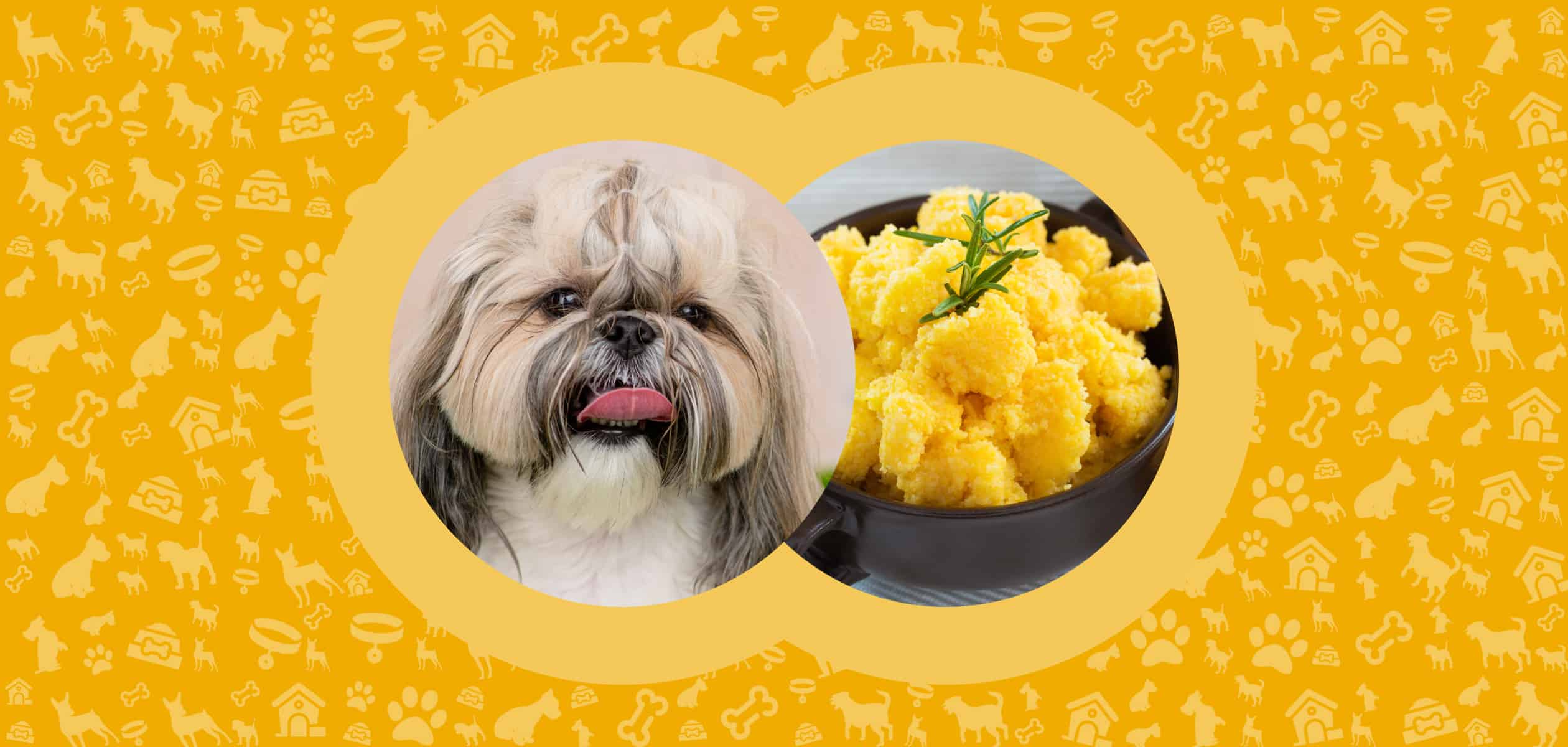
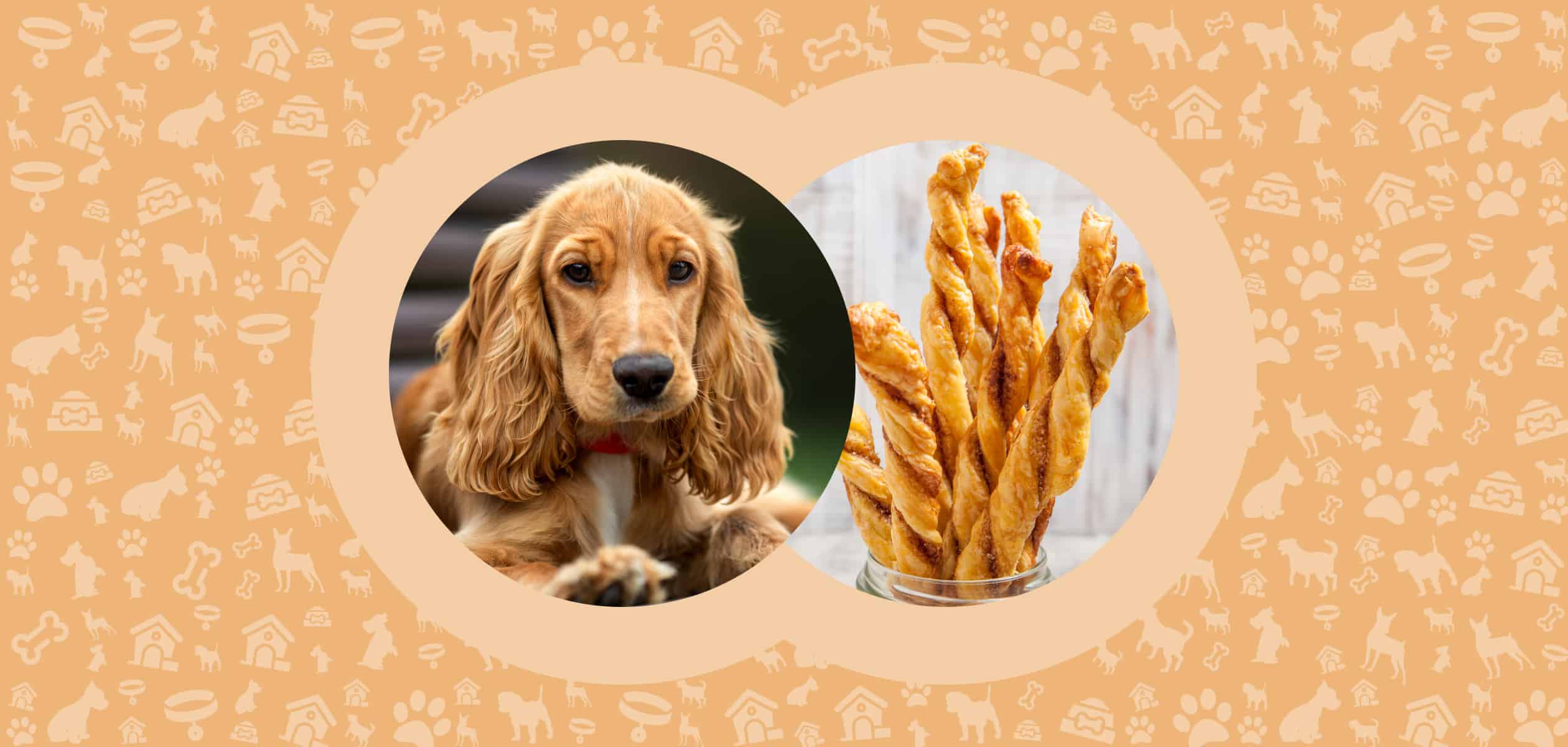
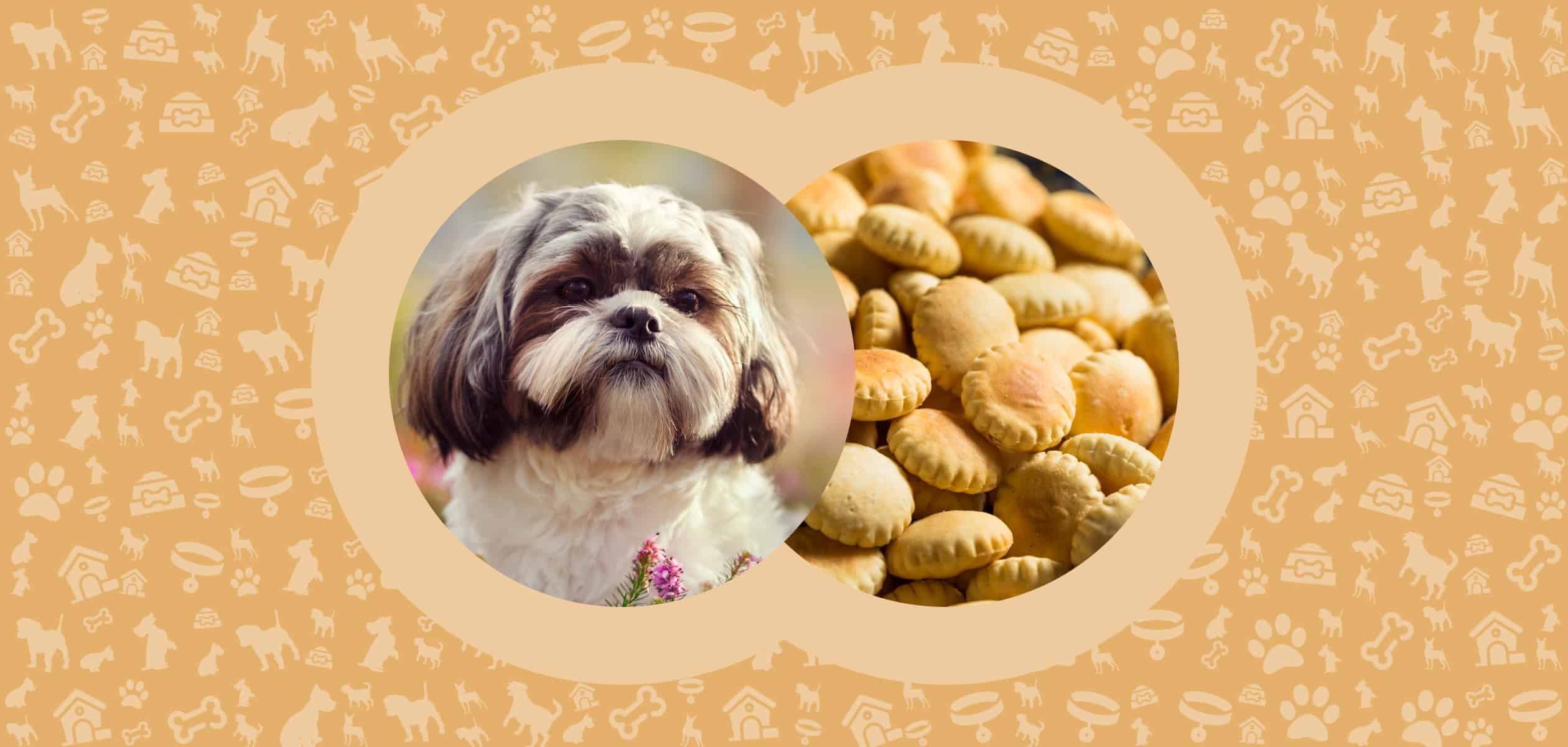
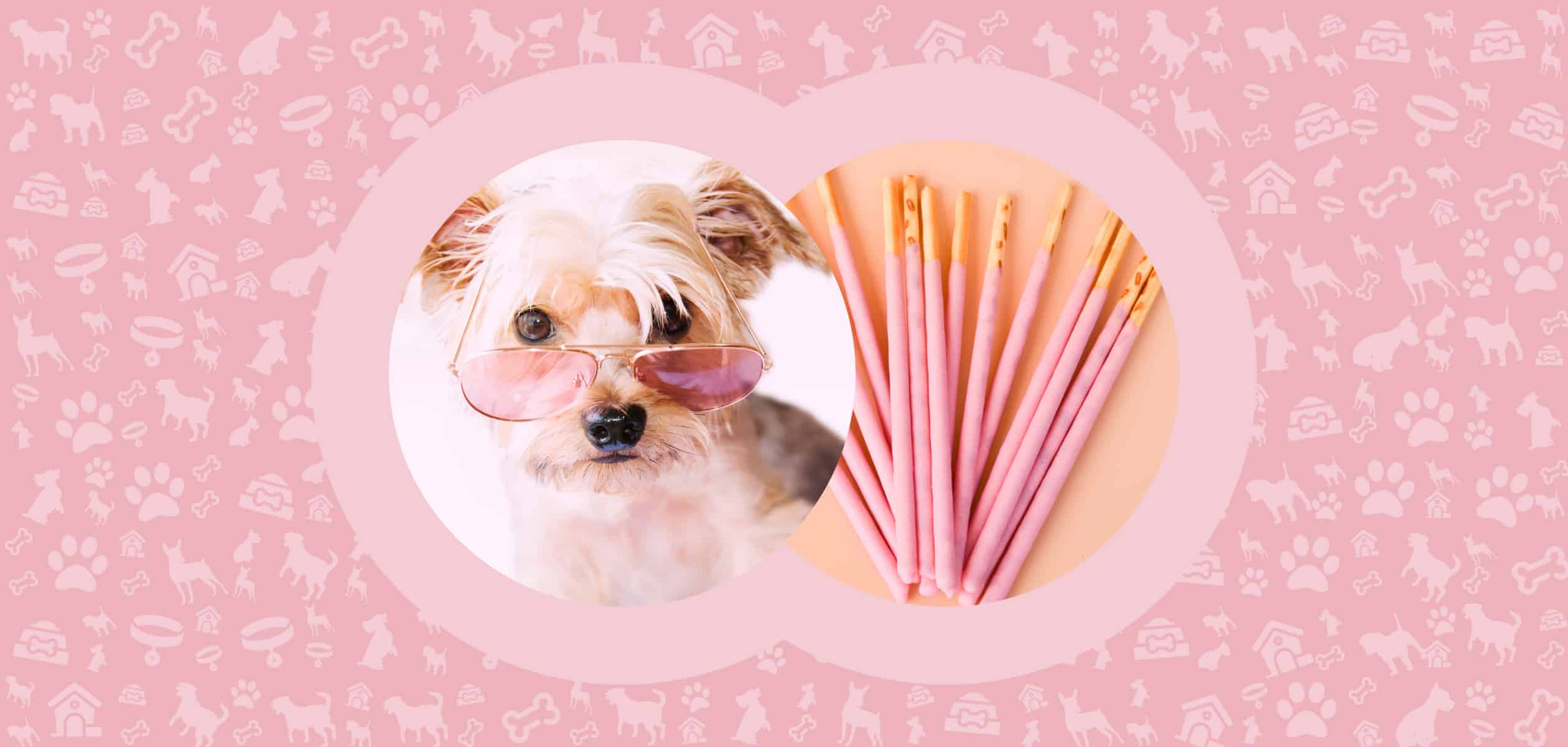
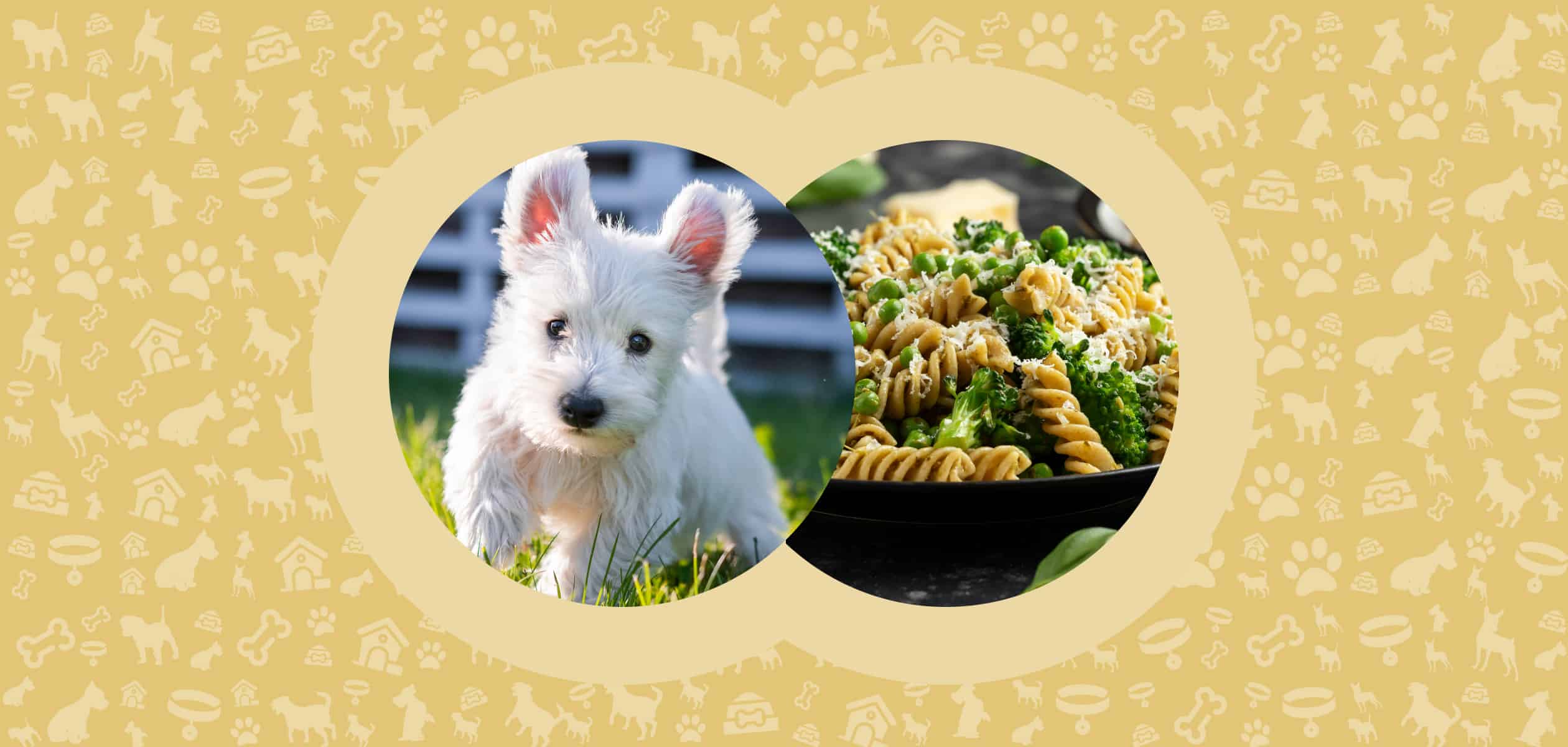
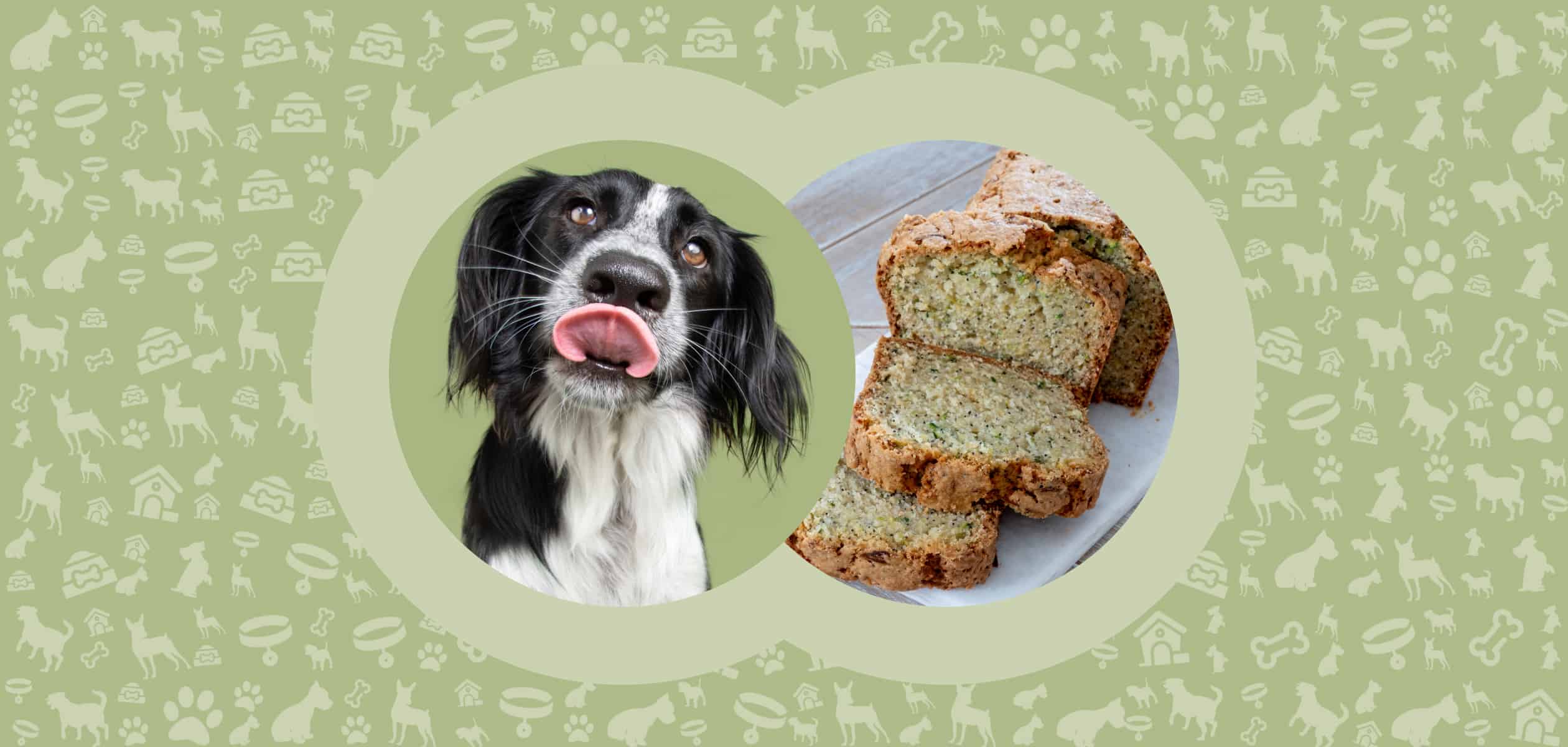
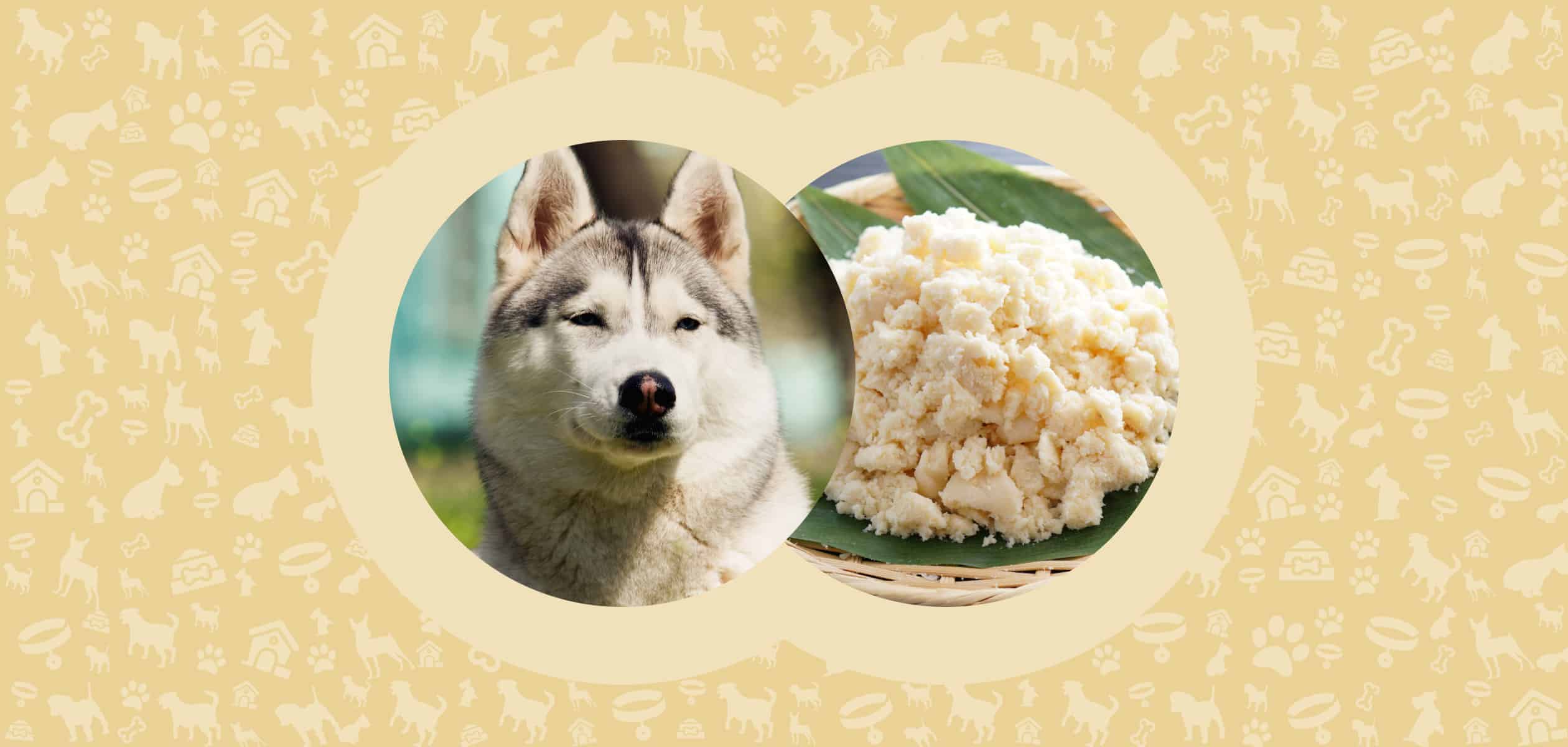
Leave a Comment